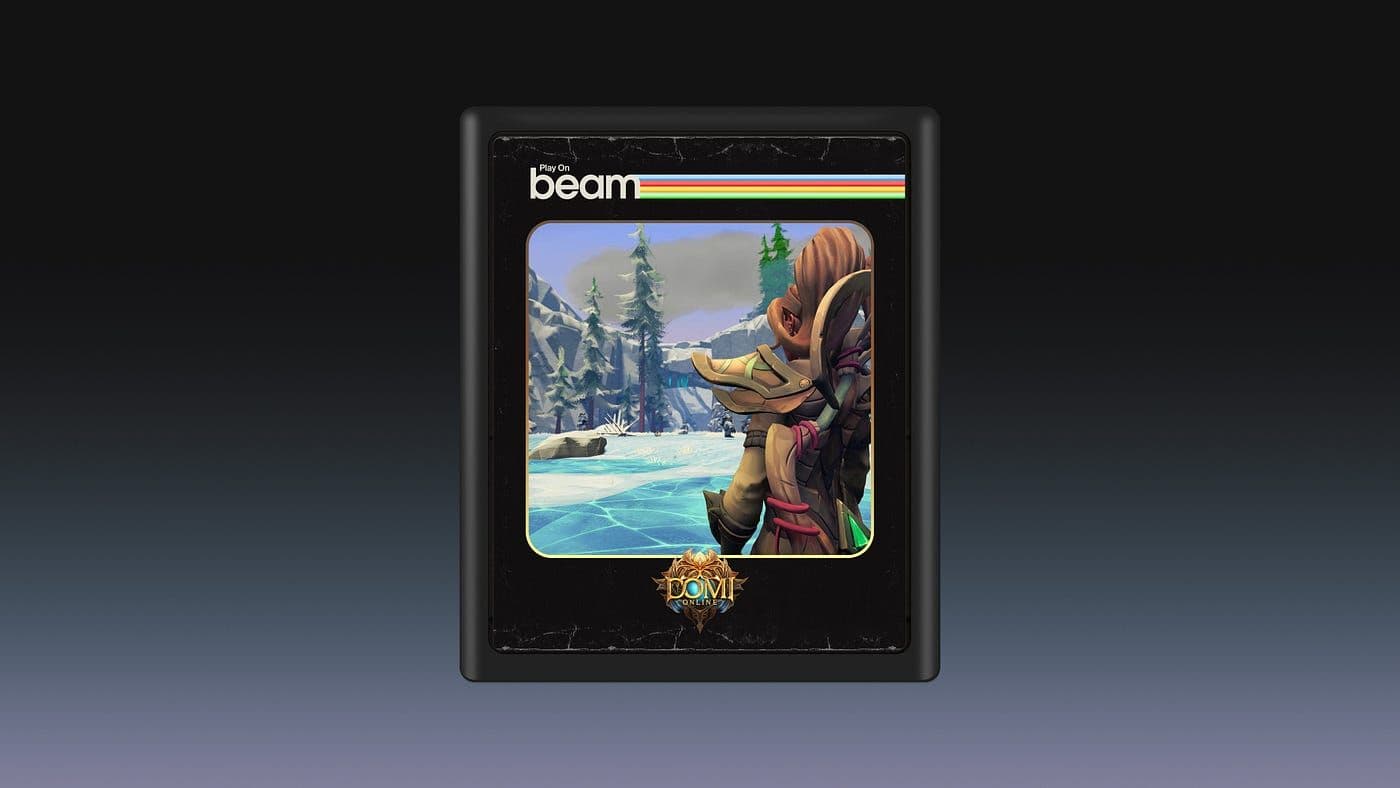Beam Foundation is playing a central role in supporting developers who want to integrate blockchain technology into gaming experiences. As part of the Avalanche community’s broader mission to build the future of web3, Beam focuses on providing infrastructure that allows game developers to fully harness blockchain’s potential. Blockchain offers new possibilities such as the ability to create, trade, and sell digital assets more securely, while also giving players permanent control over their in-game data, achievements, and items. By locking these assets onto the blockchain, players are no longer dependent on game servers to maintain their ownership.
Beam x Avalanche
According to René Weteling, Head of Engineering at Beam Foundation, integrating blockchain ensures that players have meaningful, transferable ownership of their digital assets. This approach allows assets like achievements and in-game items to be tokenized into NFTs, traded in marketplaces, and stored in personal wallets, highlighting the platform’s goal of creating true ownership economies for gamers.

Next Generation of Tools for Gaming on Blockchain
Building a Decentralized Network
Beam Foundation collaborated closely with Ava Labs to create a system that prioritizes decentralization and community involvement. Responding to community feedback, Beam transitioned from a Proof of Authority model to a Proof of Stake model, enabling anyone to become a network validator. This shift not only increases network security and resilience but also allows node operators to participate actively in governance while earning rewards for maintaining network uptime.
Today, Beam’s Layer 1 blockchain operates independently from Avalanche’s Primary Network. Validators are incentivized through a structured rewards system known as the Validator Incentive Grant. Nodes that achieve 80 percent uptime over a 30-day cycle share the gas fees generated during that period. Even nodes with lower uptime receive a partial reward, and Beam sponsors validators' monthly fees as an additional incentive. This system reflects Beam’s commitment to building a platform that genuinely rewards its community participants.
Introducing NFT-Based Staking
One of Beam Foundation’s notable innovations is the introduction of NFT staking for validators. Rather than requiring a complex staking setup, users need only to hold a specific Beam NFT, a Node Token, and at least one BEAM token to participate as a validator. This simplified access model has led to the minting of over 58,000 Node Tokens, indicating strong interest and participation from the community.
Beam has also introduced a re-delegation system that allows users to switch or restake their assets without the need to withdraw and redeposit funds. René Weteling notes that the goal was to reduce unnecessary friction and make it easier for users to manage their staking positions. This innovation could influence how validator engagement evolves within Avalanche’s growing multi-chain ecosystem.
Trial Xtreme Freedom Example
Beam’s impact extends beyond infrastructure, with direct application in gaming projects such as Trial Xtreme Freedom. This motocross racing simulator, known for its physics-based gameplay and user-created levels, has seen blockchain integration through Beam’s tools. In the latest installment of the series, players can own, trade, and sell in-game assets such as bikes and blueprints using Beam’s marketplace. By bringing blockchain ownership directly into gameplay, Beam offers players a new level of control and opportunity, building on the success of a series that has already surpassed 250 million downloads.
Supporting the Avalanche Ecosystem
Beam Foundation’s developments have contributed not just to their own platform but to the Avalanche ecosystem as a whole. Their work helped shape ACP-99, a new validator contract standard now available for other Avalanche chains to adopt. Owen Wahlgren, Developer Relations Engineer at Ava Labs, points out that critical systems like validator contracts, staking mechanisms, and the P-chain relayer did not exist before Beam’s initiatives. These tools now offer a foundation for future Avalanche projects to build upon.
Beam Foundation continues to explore emerging technologies, with a focus on integrating AI into gaming environments. Their vision includes AI-powered non-playable characters that interact with players in dynamic and lifelike ways. René Weteling describes a future where conversations with AI characters are indistinguishable from interactions with human players, aiming to create more immersive gaming experiences.
Developers Should Build on Avalanche
Beam Foundation’s journey demonstrates the importance of community-driven development within Avalanche’s multi-chain ecosystem. Their efforts show how blockchain can enhance gaming experiences and provide players with greater ownership and control. Developers interested in exploring blockchain integration for their projects will find a supportive environment within the Avalanche community, with Beam Foundation offering proven tools and models to build upon. More information about gaming on Avalanche is available at Gaming on AVAX.



